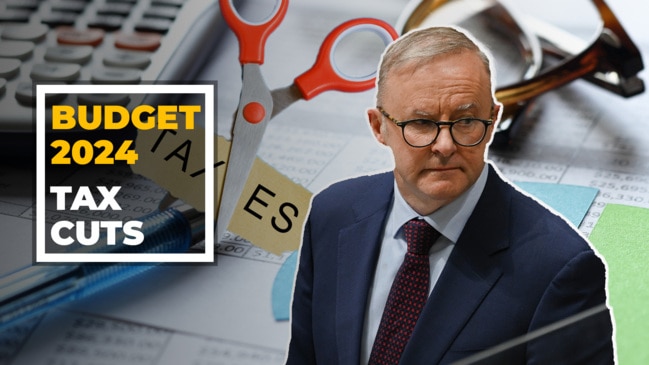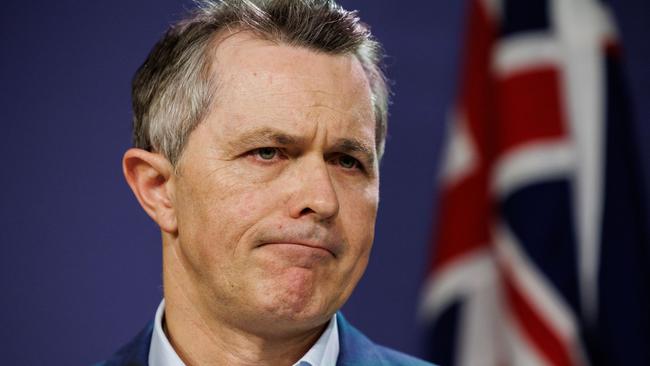Albanese budget sets ambitious plan to change design of workforce by 2050
In a bold plan to meet the looming skills demand, a record number of Australians will go into the workforce with one thing in common by 2050.

Fed Budget
Don't miss out on the headlines from Fed Budget. Followed categories will be added to My News.
Eighty per cent of Australia’s workforce will have tertiary qualifications by 2050 under an ambitious target announced by Labor in Tuesday night’s budget, in a bid to meet the shortages of a changing economy.
Treasurer Jim Chalmers used his budget to announce the government would spend $1.1bn over five years from 2023-24 to make changes called for by the Universities Accord, as part of a broader suite of reforms to the higher education system.
The National Tertiary Education Union said the funding announcement was a “first step” but more investment would be needed to combat the sector in crisis.
In confirming the government had set a national target for tertiary attainment, Dr Chalmers announced the first of the funding reforms needed to meet the goal, namely a $350m investment for “fee-free uni ready courses”.
“These courses give those who would have missed out on studying a degree, a foot in the door,” Dr Chalmers said.
In setting the target, Education Minister Jason Clare said reform in tertiary education was needed to “deliver the large, skilled and productive workforce the economy requires for a future made in Australia”.

While the entire tertiary sector will come under pressure to meet the target, universities will also be slugged with tough new regulations to improve student housing stock.
As the sector comes under pressure to do its part to limit net overseas migration by reducing its intake from 15 per cent to about five per cent, Dr Chalmers used his speech to tell universities that if they want to take on more international students, “they must build more student accommodation.”
“We will limit how many international students can be enrolled by each university based on a formula, including how much housing they build,” Dr Chalmers said.
The department of education will be given $2.1bn over four years to develop and implement the regulations, with any additional accommodation required to be available to both domestic and international students.

The measures announced on Tuesday come in addition to the changes already announced to student debt repayments, which will tie indexation to whichever is lowest in a year out of the CPI and wage price index.
It will apply retrospectively and is estimated to reduce outstanding loans by around $3bn.
The government has also announced $320 weekly prac placements for eligible student teachers, nurses, midwives and social workers at a cost to the budget of $427.4m over the next four years – an ongoing cost of $1.2bn per year.
Originally published as Albanese budget sets ambitious plan to change design of workforce by 2050


